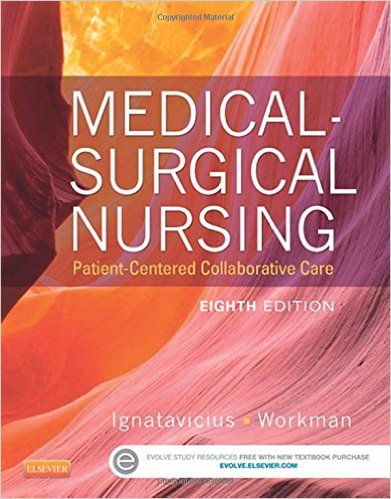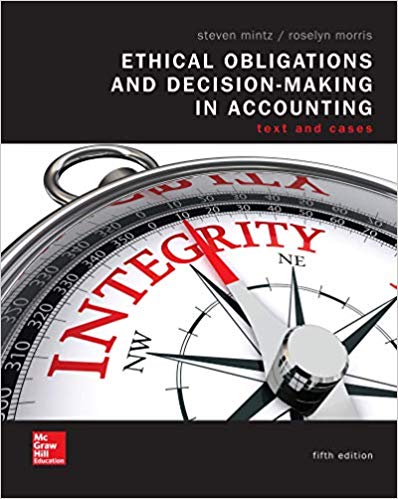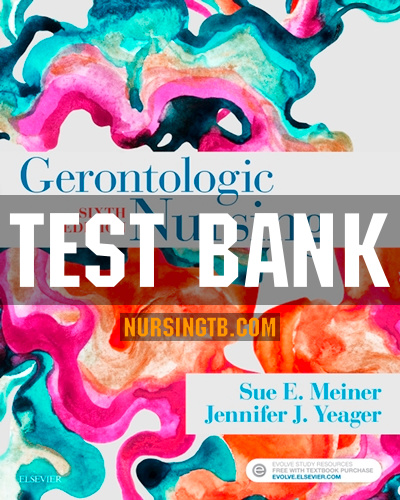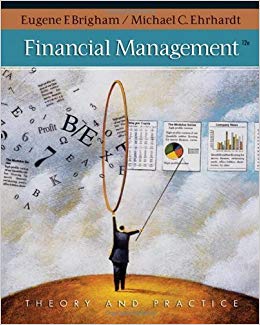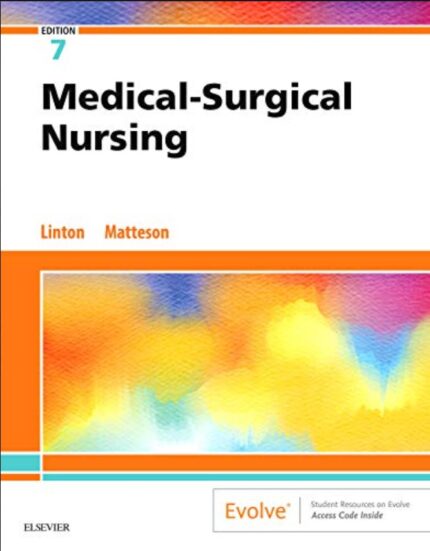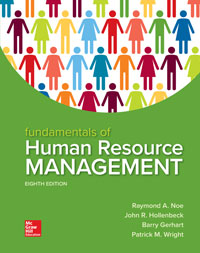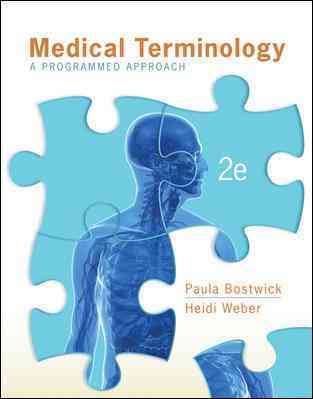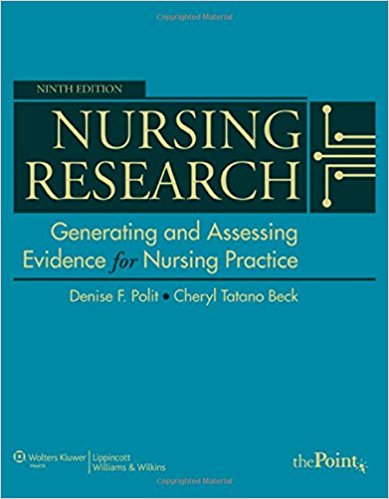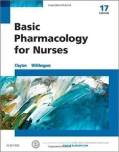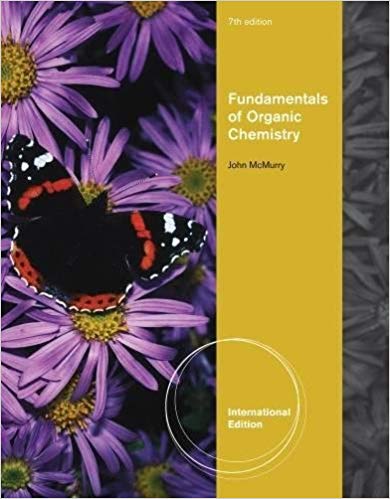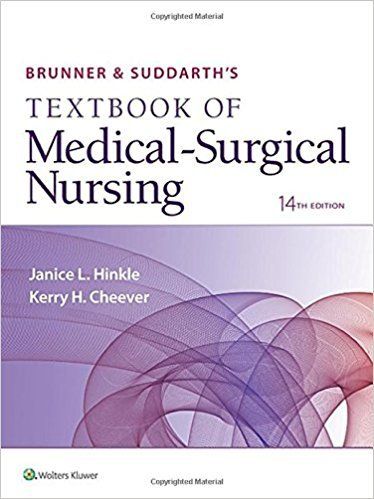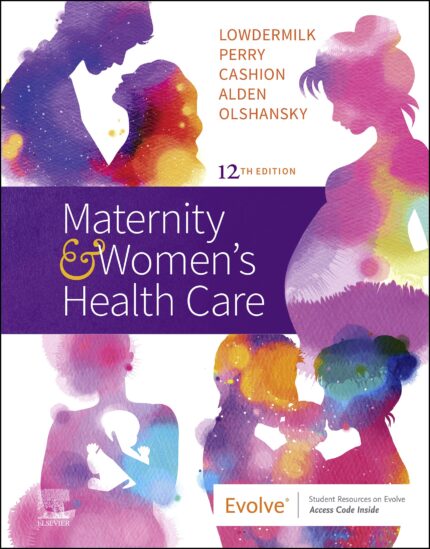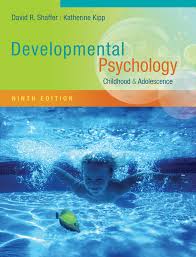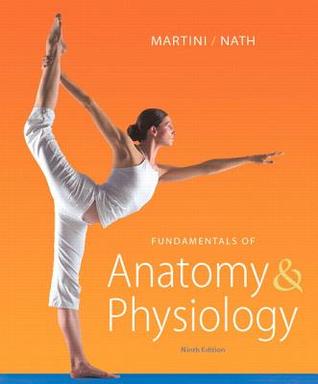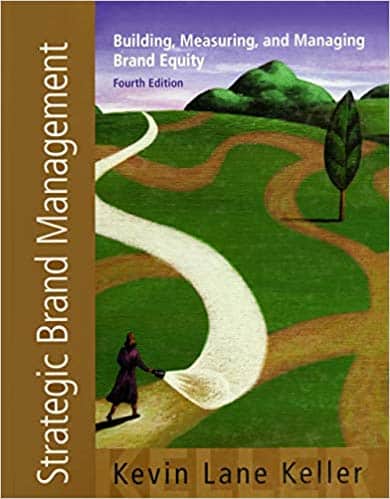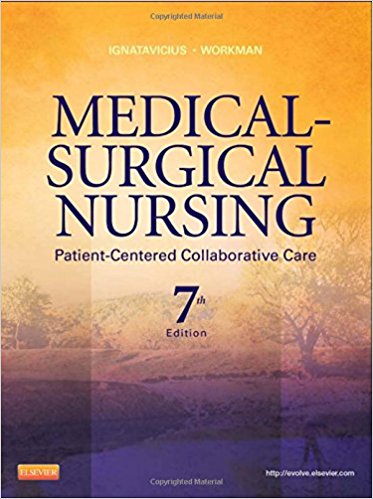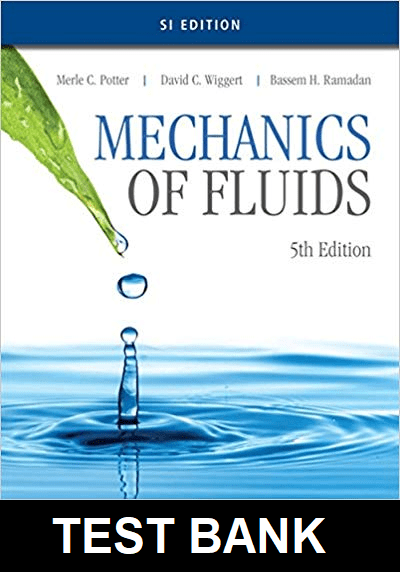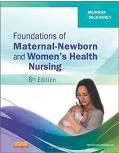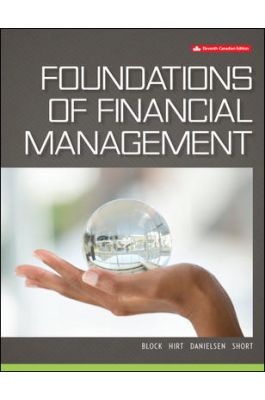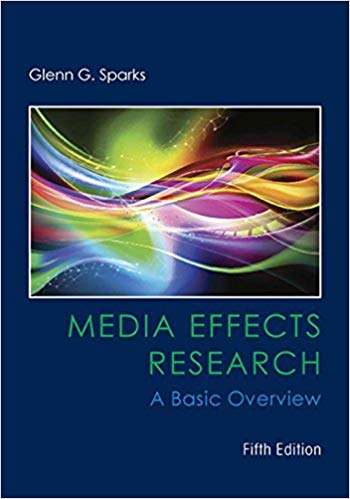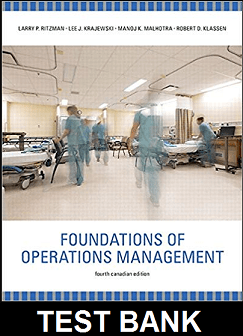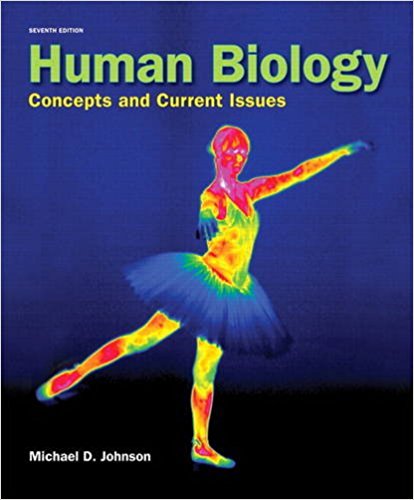In Stock
Nesters Microbiology A Human Perspective 8th Edition By Anderson Lecturer – Test Bank
Edition: 8th Edition
Format: Downloadable ZIP Fille
Resource Type: Test bank
Duration: Unlimited downloads
Delivery: Instant Download
$25.00
Nesters Microbiology A Human Perspective 8th Edition By Anderson Lecturer – Test Bank
Chapter 03
Microscopy and Cell Structure
Multiple Choice Questions
1. Eukaryotic cells are
A. less complex than prokaryotic cells.
B.
members of the Domains Bacteria and Archaea.
C. is defined by the presence of a membrane-bound nucleus.
D. able to reproduce more rapidly than prokaryotes.
E.
less complex than prokaryotic cells, members of the Domains Bacteria and Archaea, AND able to reproduce more rapidly than prokaryotes.
ASM Objective: 01.01 Cells, organelles (e.g. mitochondria and chloroplasts), and all major metabolic pathways evolved from early prokaryotic cells.
ASM Topic: Module 01 Evolution
Bloom’s Level: 2. Understand
Learning Outcome: 03.01
Section: 03.01
Topic: Eukaryotes
2. The two magnifying lenses found in a light microscope are the
A. basic and transverse.
B. small and large.
C. ocular and objective.
D. simple and phase.
ASM Objective: 08.01 Properly prepare and view specimens for examination using microscopy (bright field and, if possible, phase contrast).
ASM Topic: Module 08 Microbiology Skills
Bloom’s Level: 1. Remember
Learning Outcome: 03.01
Section: 03.01
Topic: Tools and Methods of Culturing, Classifying, and Identify Microorganisms
3. The resolving power of a microscope is described as the ability of the microscope to
A. separate clearly two objects that are very close together.
B. magnify an object.
C. separate the colors of an organism’s internal structure.
D. see structures at various depths in a tissue.
ASM Objective: 08.01 Properly prepare and view specimens for examination using microscopy (bright field and, if possible, phase contrast).
ASM Topic: Module 08 Microbiology Skills
Bloom’s Level: 2. Understand
Learning Outcome: 03.01
Section: 03.01
Topic: Tools and Methods of Culturing, Classifying, and Identify Microorganisms
4. In viewing a microscopic specimen, oil is used to
A. increase the refraction.
B. decrease the refraction.
C. increase the reflection.
D. increase the resolution.
E. decrease the refraction AND increase the resolution.
ASM Objective: 08.01 Properly prepare and view specimens for examination using microscopy (bright field and, if possible, phase contrast).
ASM Topic: Module 08 Microbiology Skills
Bloom’s Level: 2. Understand
Learning Outcome: 03.01
Section: 03.01
Topic: Tools and Methods of Culturing, Classifying, and Identify Microorganisms
5.
The use of oil with certain high-power objective lenses increases
A. magnification.
B. the amount of light that enters the objective lens.
C. resolution.
D. contrast.
E.
resolution AND the amount of light that enters the objective lens.
ASM Objective: 08.01 Properly prepare and view specimens for examination using microscopy (bright field and, if possible, phase contrast).
ASM Topic: Module 08 Microbiology Skills
Bloom’s Level: 2. Understand
Learning Outcome: 03.01
Section: 03.01
Topic: Tools and Methods of Culturing, Classifying, and Identify Microorganisms





